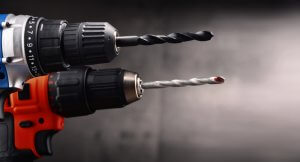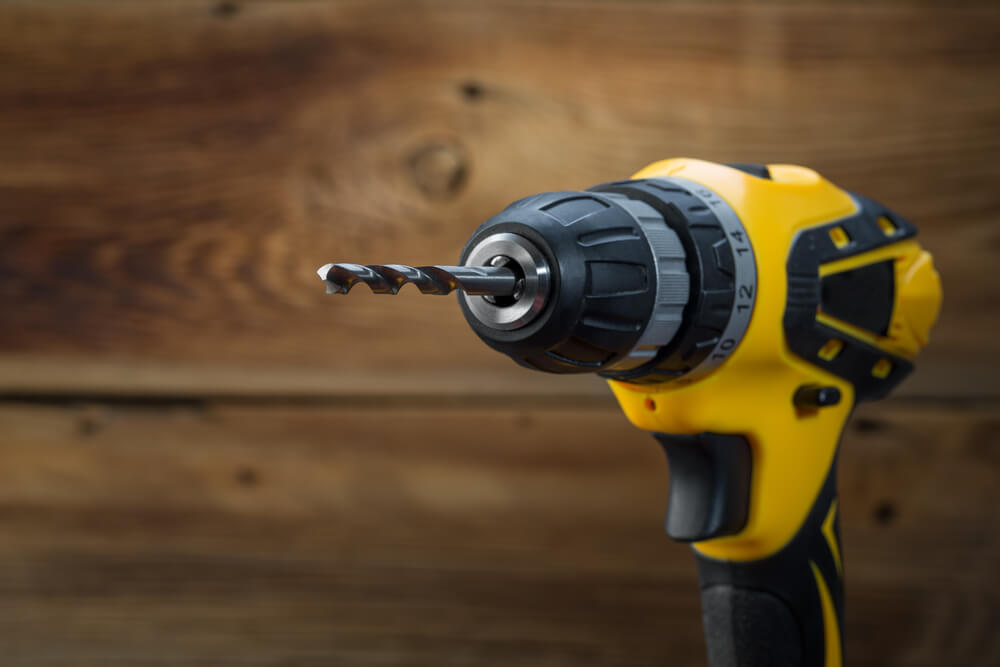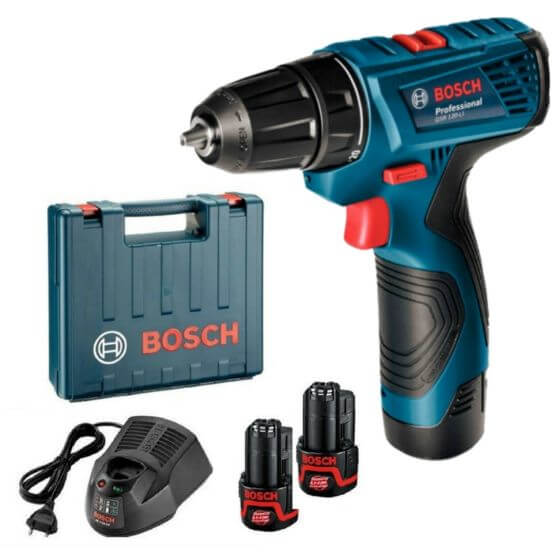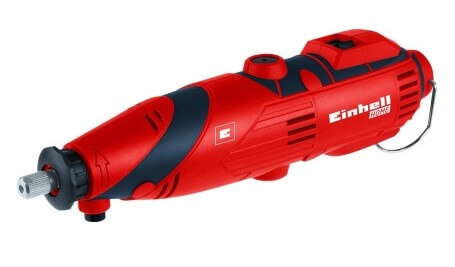Choosing the Right Drill

Drills are handy and easy to use. If you enjoy carpentry and home projects, choosing the right drill is essential. In our post today, we want to show you the different types of drills that exist so you can make an informed purchase.
This amazing tool will allow you to tackle all kinds of home projects. You can use drills to perforate diverse materials, construct furniture pieces or hang pictures and shelves.
Though all drills have the basic function of drilling a surface, there are different types of drills that work for specific materials. Check out some of the drills that you can find and learn about their characteristics.
Types of drills
As we mentioned earlier, you can find a wide variety of drills on the market. Thanks to the advances in technology, the act of perforating surfaces manually has come a long way.
There are all kinds of electric drills available. They can have different functions and drill through different materials. Most of them have a good grip system and a drill bit on one end. When activated, the drill bit spins on its axle and perforates the surface in question.
1. Electric drill

The electric drill is a great, conventional option. Electric drills have a motor that electrically powers the tool to drill. They have a compact, gun-like structure. So their ergonomic shape offers a great grip for users.
But electric drills need to be plugged in. However, plugging their cord into an outlet also means that they have the power to perforate any kind of surface.
People mainly use electric drills for basic home projects. Plus, these drills can perforate materials such as wood, metal, plastic, glass, cement, etc.
However, what your tool can drill into depends on what kind of drill bit you’re using. Drill bits are designed exclusively for set materials. In light of that, make sure to change your drill bits accordingly.
2. Wireless drill

Wireless drills are another popular option. While they share similarities with electric drills, they don’t use a cord. Instead, they have a battery that allows you to move around freely.
Wireless drills are lighter than their electric counterparts. Also, some models have a reverse-drilling option. The reverse option is great for screwing and unscrewing. You can use wireless drills to perforate surfaces such as wood, metal, and plastic.
3. Hammer drill
Hammer drills have an additional function – they can drill and pound a surface at the same time.
Hammer drills have more force than the previous two types of drills. They can break through harder surfaces, such as brick, stone, and cement.
4. Electric screwdriver

In addition to drilling, electric screwdrivers have another function. Just as its name suggests, it can put in and take out screws. It’s the perfect tool for projects that require screwing in or out in a fast and effective way.
Furthermore, you can also fit other accessories into electric screwdrivers to do various jobs. You can use them to hang pictures, shelves, assemble and disassemble furniture, etc.
5. Mini drill

Last but not least, mini drills are the smallest tools in the family, but they offer the same functions as larger versions. You can buy both plug-in and cordless models. They’re small, but they’re strong.
Besides, they’re easy to hold and use because of their smaller size. If you need a tool to make certain home projects easier, a mini drill might be your best solution.
Now that you know several types of drills, you can make an informed purchase that best suits your needs. Choose wisely and enjoy drilling away at your home projects or hanging things up your walls.
Drills are handy and easy to use. If you enjoy carpentry and home projects, choosing the right drill is essential. In our post today, we want to show you the different types of drills that exist so you can make an informed purchase.
This amazing tool will allow you to tackle all kinds of home projects. You can use drills to perforate diverse materials, construct furniture pieces or hang pictures and shelves.
Though all drills have the basic function of drilling a surface, there are different types of drills that work for specific materials. Check out some of the drills that you can find and learn about their characteristics.
Types of drills
As we mentioned earlier, you can find a wide variety of drills on the market. Thanks to the advances in technology, the act of perforating surfaces manually has come a long way.
There are all kinds of electric drills available. They can have different functions and drill through different materials. Most of them have a good grip system and a drill bit on one end. When activated, the drill bit spins on its axle and perforates the surface in question.
1. Electric drill

The electric drill is a great, conventional option. Electric drills have a motor that electrically powers the tool to drill. They have a compact, gun-like structure. So their ergonomic shape offers a great grip for users.
But electric drills need to be plugged in. However, plugging their cord into an outlet also means that they have the power to perforate any kind of surface.
People mainly use electric drills for basic home projects. Plus, these drills can perforate materials such as wood, metal, plastic, glass, cement, etc.
However, what your tool can drill into depends on what kind of drill bit you’re using. Drill bits are designed exclusively for set materials. In light of that, make sure to change your drill bits accordingly.
2. Wireless drill

Wireless drills are another popular option. While they share similarities with electric drills, they don’t use a cord. Instead, they have a battery that allows you to move around freely.
Wireless drills are lighter than their electric counterparts. Also, some models have a reverse-drilling option. The reverse option is great for screwing and unscrewing. You can use wireless drills to perforate surfaces such as wood, metal, and plastic.
3. Hammer drill
Hammer drills have an additional function – they can drill and pound a surface at the same time.
Hammer drills have more force than the previous two types of drills. They can break through harder surfaces, such as brick, stone, and cement.
4. Electric screwdriver

In addition to drilling, electric screwdrivers have another function. Just as its name suggests, it can put in and take out screws. It’s the perfect tool for projects that require screwing in or out in a fast and effective way.
Furthermore, you can also fit other accessories into electric screwdrivers to do various jobs. You can use them to hang pictures, shelves, assemble and disassemble furniture, etc.
5. Mini drill

Last but not least, mini drills are the smallest tools in the family, but they offer the same functions as larger versions. You can buy both plug-in and cordless models. They’re small, but they’re strong.
Besides, they’re easy to hold and use because of their smaller size. If you need a tool to make certain home projects easier, a mini drill might be your best solution.
Now that you know several types of drills, you can make an informed purchase that best suits your needs. Choose wisely and enjoy drilling away at your home projects or hanging things up your walls.







